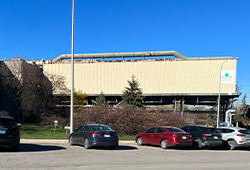Waste to Energy Plant Redevelopment
Addressing the Crisis: Waste, Energy and Ontario’s Future
Ontario faces two converging challenges: a looming shortage of landfill capacity and an impending shortfall in electricity generation. Emerald’s waste to energy plant redevelopment directly addresses both by expanding modern energy recovery and advancing Zero Waste infrastructure for the next generation.
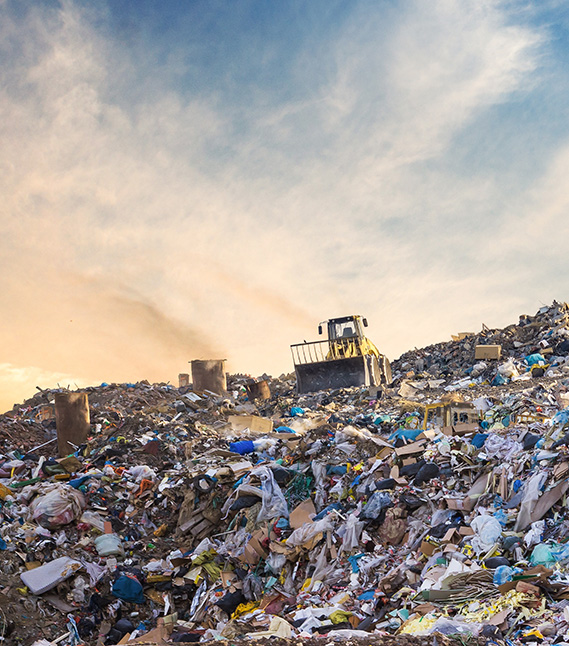
Ontario’s Waste Disposal Crisis
Ontario is facing a shortage of landfill space. Provincial projections indicate that the approved landfill capacity will run out within the next 9 to 13 years. At the same time, population growth, partly fueled by Ontario’s More Homes, Built Faster plan, is expected to add 1.5 million new homes, or 3.75 million people, to the province in the next decade.
While efforts to enhance diversion through recycling and organic programs are crucial, residual waste volumes continue to rise.
Without new infrastructure, an increasing amount of Ontario waste will be exported to the United States, representing a costly and unsustainable path.
Ultimately, Ontario requires new, local, high-capacity waste disposal services to effectively manage non-recyclable waste. The current system is not scalable.

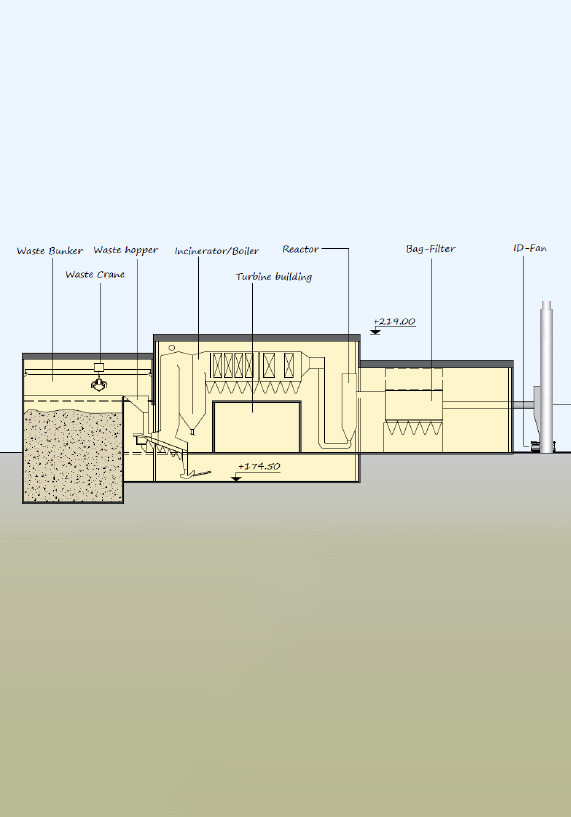
A New Era Begins: Emerald’s Waste to Energy Plant Redevelopment Project
On April 28, 2025, Emerald Energy from Waste received official approval for its Environmental Assessment Screening Report from the Ministry of the Environment, Conservation and Parks (MECP), marking a key milestone in the redevelopment of Ontario’s most essential energy recovery plant.
What’s Next?
With regulatory approval secured, Emerald Energy from Waste moves into the design and engineering phase. We anticipate final permitting in 2025, and expect construction to commence in 2026.
Phase 1 operations targeted for late 2028
Full facility buildout complete by 2030
This redevelopment will replace Emerald’s 30-year-old Energy from Waste plant with a cutting-edge thermal recycling system designed to meet contemporary performance, environmental, and energy recovery standards.
Environmental Screening Report
For Public Review
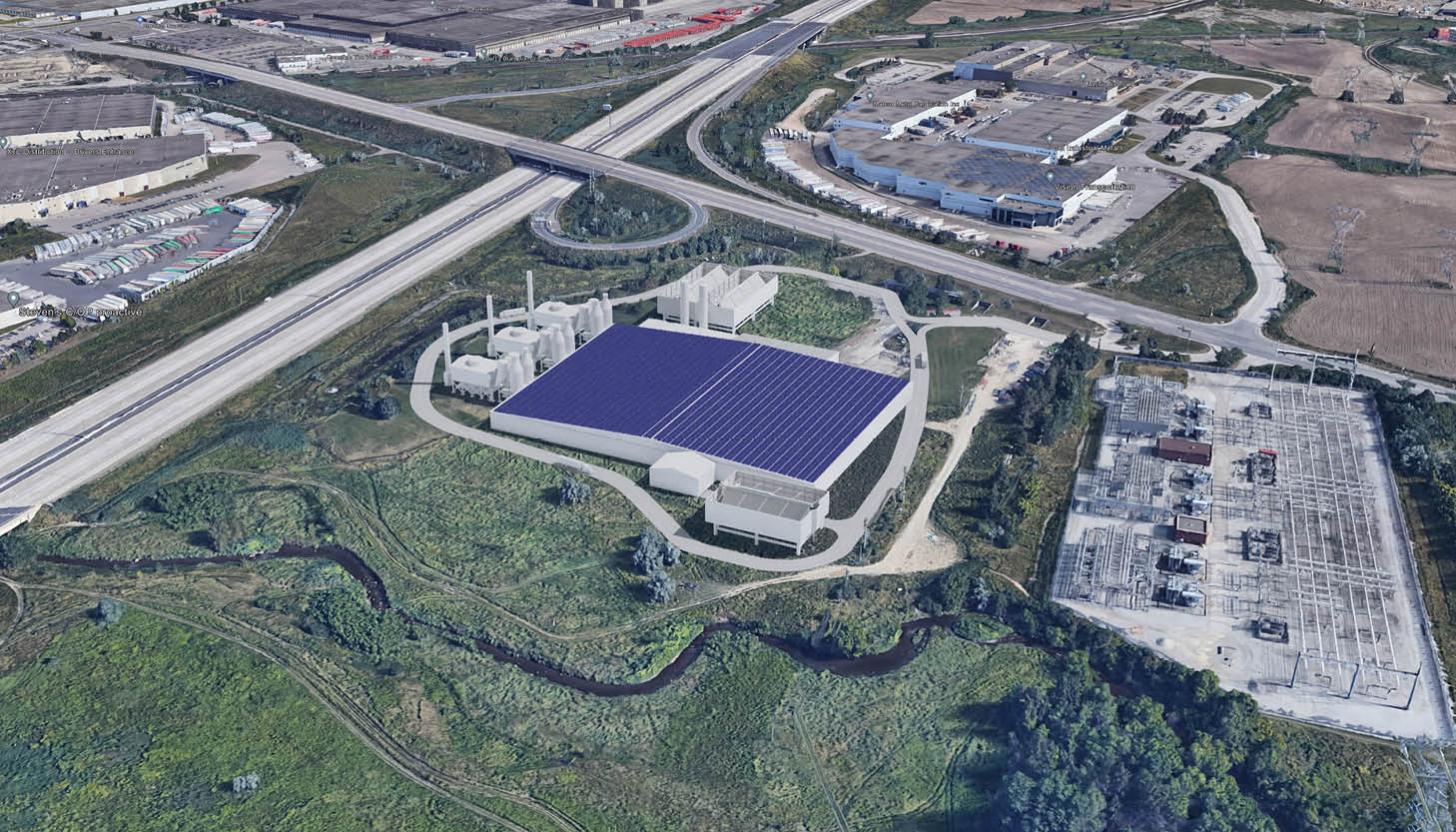
What Will The New Facility Deliver?
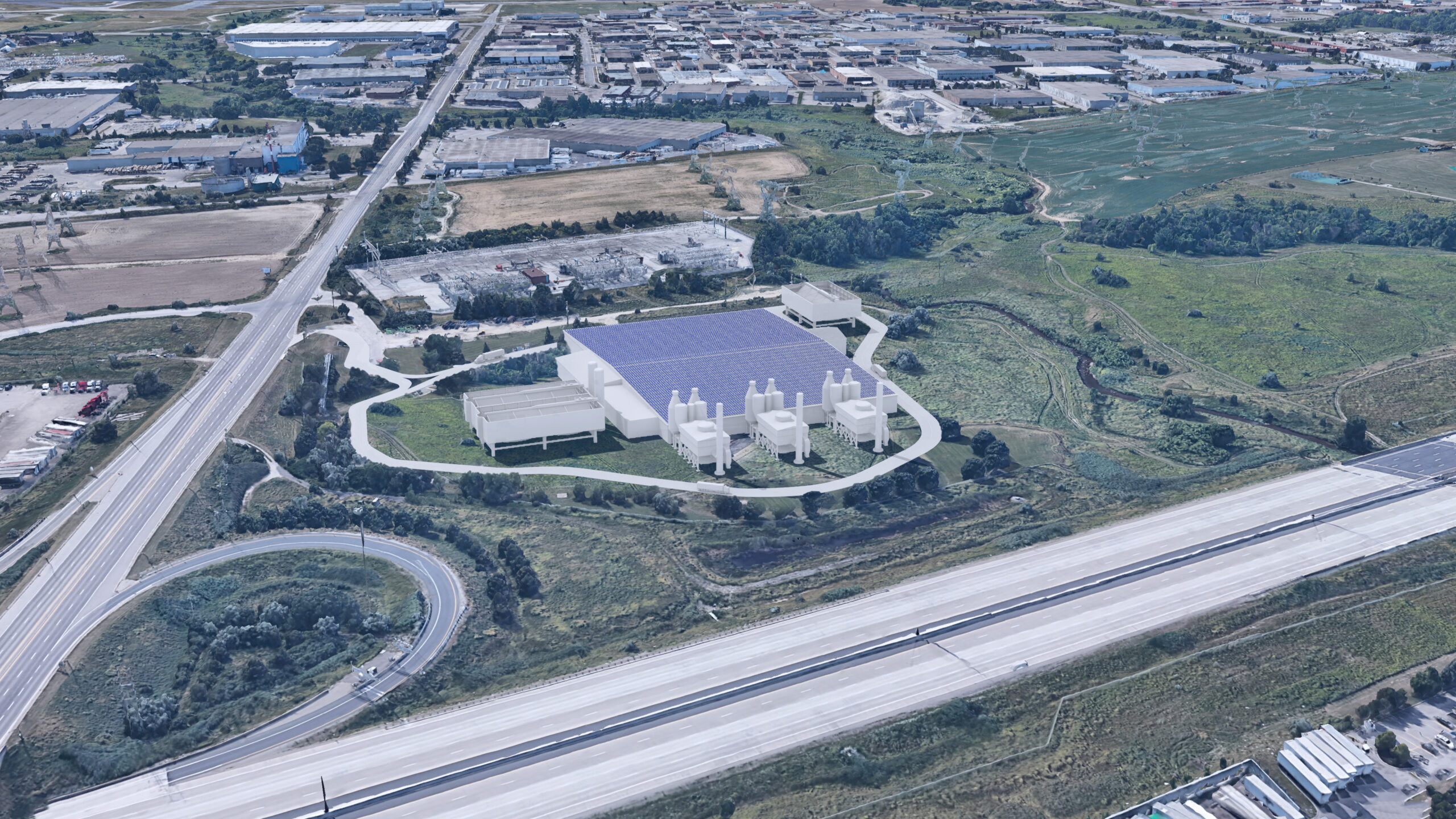
“This is more than just a project milestone — it’s a vote of confidence in thermal recycling as a core pillar of Ontario’s Zero Waste strategy.”
Joe Lyng, General Manager
6x MORE WASTE PROCESSING CAPACITY
10x MORE ENERGY RECOVERED
EXPANDED METAL RECOVERY — including iron, aluminum, copper, silver and gold
DRAMATIC IMPTOVEMENTS in emissions control, efficiency and automation
Capacity to SUPPORT EMERGING TECHNOLOGIES like green hydrogen and district energy
FAQs about the Redevelopment Project at Emerald
What is the purpose of the Energy from Waste Plant Redevelopment?
In short, The Redevelopment Project aims to install modern, more efficient technology to increase processing capacity and energy recovery, aligning with Emerald's mission to recover energy from non-hazardous waste for the local community.
How will the redevelopment impact processing capacity and energy recovery?
Ultimately, the project will increase processing capacity to up to 2,500 tonnes per day and energy recovery to up to 100 MW, significantly enhancing the facility's capabilities.
What are the key phases of the Energy from Waste Plant Redevelopment?
We will remove the existing facility while implementing phases 2 and 3 based on market demand.
How will the existing facility be affected during the redevelopment phases?
During Phase 1, the existing facility will remain operational. Then, in Phases 2 and 3, it will be replaced to accommodate the new, more efficient technology.
What types of energy will be produced after the redevelopment?
As a result, the redevelopment will enable Emerald to produce a range of energy products including steam, hydrogen, district heating, and electricity, providing versatile and sustainable energy options.
How will the redevelopment project benefit the local community?
Specifically, the project will enhance Emerald's capacity to recover energy from waste, providing the local community with a more robust and sustainable energy source.
What market demand considerations are being taken into account for Phases 2 and 3?
To emphasize, Phases 2 and 3 of the redevelopment project will be installed and commissioned in response to market demand, ensuring that the expansion aligns with the community's and industry's needs.
How will the redevelopment project contribute to environmental sustainability?
By increasing energy recovery and processing efficiency, the project will further reduce the environmental impact of waste management activities, thereby contributing to the creation of a more sustainable and circular economy.
Will the redevelopment project require additional regulatory approvals?
All in all, Emerald will adhere to all necessary regulatory requirements and obtain any required approvals to ensure that the redevelopment project meets industry standards and complies with environmental regulations.
What is the expected timeline for completing the entire Energy from Waste Plant Redevelopment?
The progress of each phase and market demand will determine the timeline for completing the entire redevelopment project. Ultimately, Emerald is committed to executing the project efficiently and effectively.
Why is an Environmental Assessment (EA) being conducted, and under which legislative framework?
Our study is being conducted under the Environmental Assessment Act (EAA), utilizing its broad definition of the environment. Specifically, the purpose is to evaluate the potential positive or negative impacts of our proposal on the environment and determine actions to eliminate or mitigate any adverse effects.
How was the community involved in the Environmental Assessment process for the redevelopment proposal?
Altogether, our EAA process involved several steps, including four Open Houses held in November 2022, January 2023, July 2023, and December 2023. For this purpose, these events, advertised in the local paper, provided the community with an opportunity to voice concerns, ask questions, and interact with us and EAA study experts.
How are emissions currently managed, and what measures are in place for the proposed facility?
Our facility has real-time monitoring programs that report emissions quarterly and annually to the Ministry of Environment, Conservation and Parks (MECP). Our engineers projected emissions for the new facility, utilizing advanced emission control technologies that comply with provincial air quality standards. Furthermore, continuous monitoring ensures compliance and protects community health.
Is the assertion that energy recovery has higher carbon emissions valid, and how does the new facility address this concern?
Our carbon emission monitoring program indicates that about half of our emissions come from non-contributing biogenic sources. Moreover, modernizing energy recovery technology is expected to lower carbon emissions per kW-h produced, potentially below those of natural gas plants. Additionally, computer models approved by the MECP confirm compliance with provincial air quality standards.
How does waste management locally benefit the environment, and how does it compare to traditional landfill disposal?
In short, managing waste locally reduces emissions associated with hauling waste to remote landfills. Converting waste to energy eliminates landfill disposal and related emissions of methane, carbon dioxide, dust, and odors. Additionally, local businesses, institutions, and residences use the energy produced, reducing the need for non-renewable fuels and benefiting both residents and businesses.
How does the proposed redevelopment align with the principles of a modern waste disposal services?
To emphasize, we support the Reduce-Reuse-Recycle-Recover-Dispose hierarchy. Our redevelopment, designed in phases, adds capacity in response to the demand for zero-waste services without competing with existing or future waste reduction, reuse, and recycling programs. Therefore, this comprehensive approach contributes to a mature waste management system, benefiting our communities.
What initiatives are in place for resource recovery and circular economy practices?
Specifically, our redevelopment contributes to a circular economy by producing steam for local paper recycling, converting electricity into hydrogen as a zero-emission fuel, and ensuring that the embodied energy of resources is recovered and reintroduced into the circular economy. Moreover, we believe in maximizing the benefits to the community through innovative and sustainable waste management practices.
Why Send It to Landfill When It Can Power the Grid?
Energy from Waste is not a theory. It is a proven technology that helps industrial, commercial, institutional, and municipal organizations manage residual waste responsibly and meet sustainability mandates.


